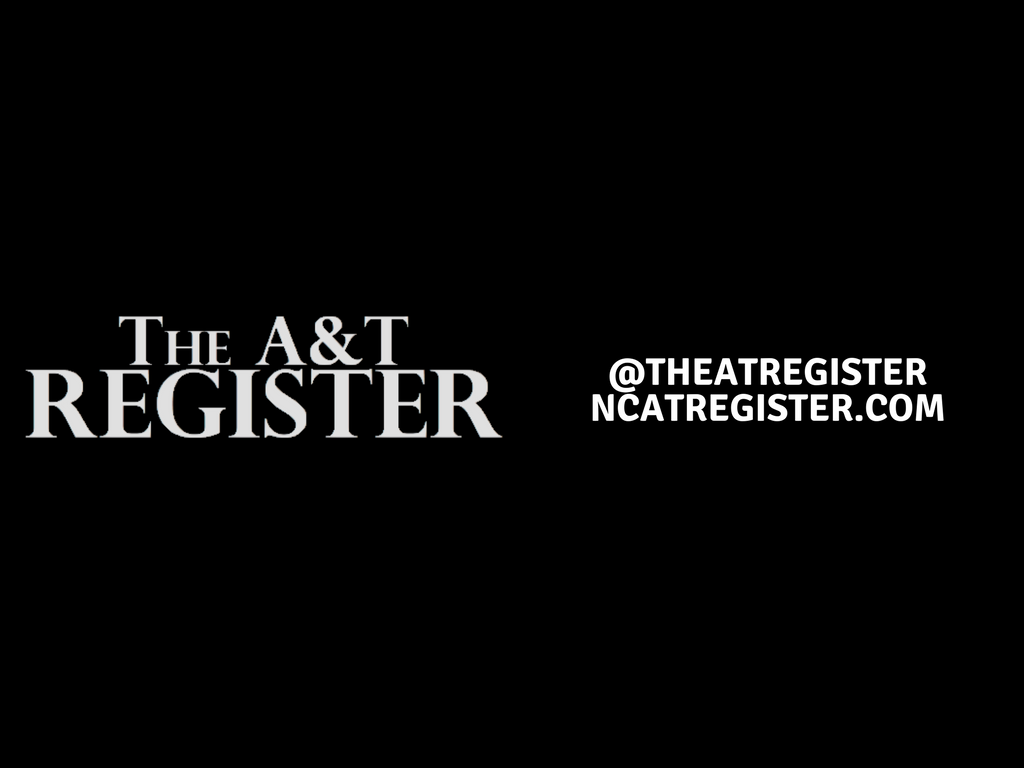The face of the largest public HBCU is changing, but for the better. N.C. A&T is going down the path of diversifying the campus. Students have mixed emotions about it.
Many students associate the increase in non-black students with Chancellor Harold Martin’s strategic plan titled “A&T Preeminence: Taking the Momentum to 2023.” It is essentially Preeminence 2020 but with an extended vision.
Originally Preeminence 2020 was developed as a way to curve downfall from decreasing gradation rates and budget cuts. However, what caught the eye of both students and alumni was the the very last line of the plan.
The “diversity” section of the plan states that in 2011, the African American population was 87 percent, and the goal for 2020 is 70 percent. A whopping 17 percent decrease in African American students was expected in a nine year time span.
This has caused many to fear the institution that was created for them. However, N.C. A&T’s strategic plans has transformed the school since being implemented.
Over the years the university has an influx of students, a spike in GPAs and an increase in faculty. Similar to the original plan Preeminence 2020, N.C. A&T has again committed to expanding it’s diversity and a inclusion.
Goal 5 of Preeminence 2023 stating: “North Carolina A&T will strengthen our campus community by fostering a more diverse and inclusive culture.” N.C A&T students stray away from diversity within the university for multiple reasons. A part of the HBCU experience is the fact that you’re surrounded by black people.
Students do not have to worry about imposter syndrome, tokenism, or a feeling of inferiority that can be caused when other races that perform better academically are in the classroom. Many fear that the culture of campus will change, essentially deleting the history it was founded it on.
Although HBCUs have always enrolled students of all races, many are increasingly becoming less black. Colleges and University that were once beacons of higher education opportunities for African-Americans, developed the Black middle class and produced engineers, teachers, and other professionals.
Unfortunately, this became a double-edged sword and caused many to see a decrease in Black enrollment after integration. Places like Bluefield State now see African-Americans comprise less than half of the student body.
At Lincoln University in Missouri, African-Americans account for 40 percent of enrollment while at Alabama’s Gadsden State Community College, 71 percent of the students are white and just 21 percent are black.
The demographics of these institutions don’t represent the history of these HBCUs. These schools are examples of what many alumni fear the outcome of plans like Preeminence 2023.
Florida A&M University (FAMU) have both hispanic and palestinian students serving on their royal court. “My goal this year was to showcase FAMU’s diversity more,” said Miss FAMU, Imani Cooper.
Some HBCUs take pride in their diverversity, and N.C. A&T should look into it, too. Students should be less apprehensive to a more diverse campus and remember to stay true to the roots of our HBCU.







